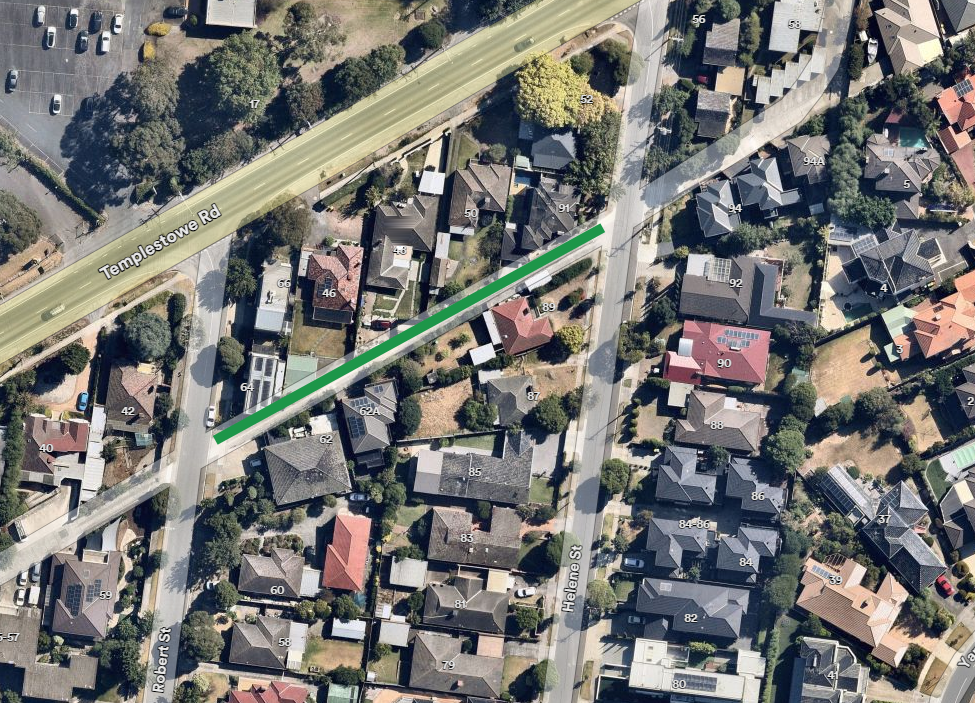A combination of unrelated technical failures affecting directional control contributed to a Dash 8 aircraft veering off a narrow, relatively short runway towards the end of its landing roll, an ATSB investigation report details.
The Skytrans Dash 8 (DHC-8) was operating a scheduled passenger flight with three crew and 26 passengers on board from Brisbane to Chinchilla, in Queensland’s Western Downs, on 23 May 2022.
Due to a right engine control unit (ECU) failure observed just prior to the top of descent, the flight crew were unable to use reverse thrust from that engine to aid deceleration during the landing, and they intended not to use reverse thrust from the left engine to avoid asymmetric thrust.
After conducting a straight-in approach, and with a tailwind (within acceptable limits), the aircraft touched down further along the runway than intended, but probably within the company’s permitted touchdown zone. The flight crew advised that at the time of landing, they anticipated that aircraft braking would be at or close to normal.
“The crew then experienced reduced braking effectiveness after touchdown, when the anti-skid system activated after the outboard right main wheel locked up,” ATSB Director Transport Safety Stuart Macleod said.
Due to the lock-up, the anti-skid system released brake pressure on the outboard wheel on both main landing gears, extending the landing roll.
“While assessing the available braking performance, the flight crew missed a standard call that would have prompted the captain to transition to using the tiller in order to provide directional control via nosewheel steering as the aircraft decelerated.”
In an attempt to slow the aircraft, the captain applied reverse thrust on the left engine, which produced asymmetric deceleration resulting in the aircraft veering slightly left.
“The captain then elected to use the emergency brake to slow the aircraft. Due to the runway being narrow, the left wheels departed the sealed runway surface in the final stages of the landing roll.”
After stopping on the turning pad at the end of the runway, the flight crew taxied the aircraft to the apron via the taxiway.
The flight crew’s decision to continue to Chinchilla after observing the ECU failure was consistent with guidance in the operator’s procedures, the investigation found.
However, the investigation identified that the procedures permitting the crew to continue the planned flight after the ECU failure did not include consideration of other factors that could increase the required landing distance, including a tailwind and a damp runway, or that a narrow runway increased the risk of a veer off due to asymmetric thrust.
The aircraft operator has subsequently updated their procedures for continued flight following an ECU failure, prohibiting the use of a narrow runway unless operationally required in an emergency.
Revisions to the operating procedures also prohibit the use of short runways with a tailwind.
“This incident highlights that unexpected events can combine to produce undesirable outcomes,” Mr Macleod said.
“As such, procedures for managing an equipment failure should consider factors that may influence performance or other operational considerations.
“Increased safety margins in procedural documentation can help ensure flight crew make appropriate decisions when managing unexpected events.”
You can find here the report: Runway excursion involving De Havilland Canada DHC-8, VH-QQB, at Chinchilla Airport, Queensland on 23 May 2022







